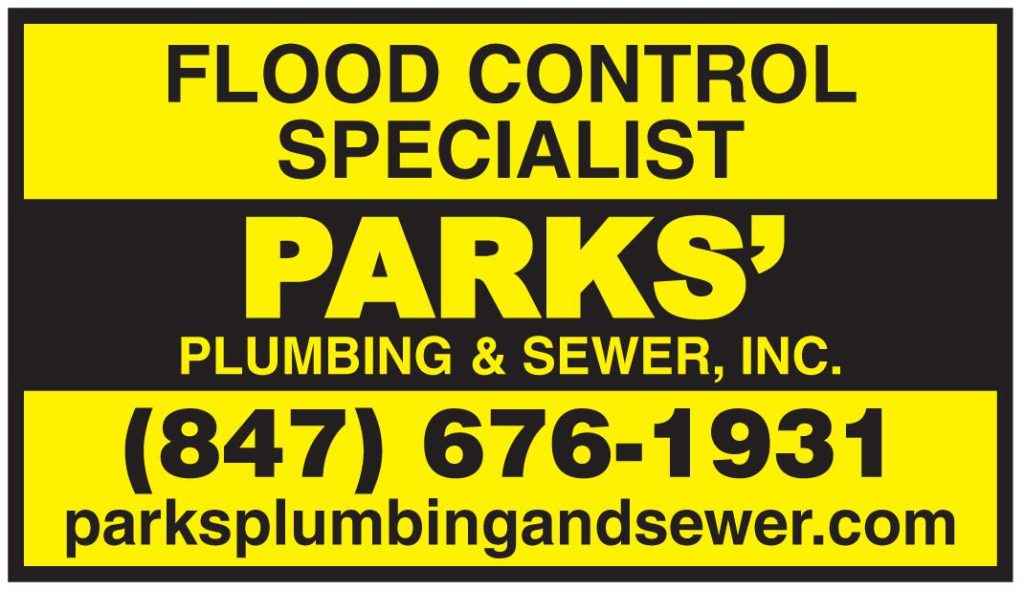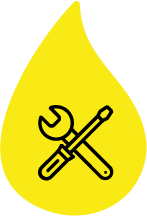Glencoe residents are very familiar with our name and our work. We have been present in the area throughout the three decades we have been in operation, and we have installed tens of our Double Guard Flood Control Systems. On top of that we have been installing overhead sewers, and providing periodic maintenance inspections of plumbing and sewer systems.
Glencoe was incorporated in 1869 and is located about 19 miles north of the Loop. It is one of the more famous towns on the North Shore. First inhabited by the Potawatomi Indians, Glencoe now has a population of about 9,000 people, it has been home of quite a few local as well as national celebrities. The town has many attractions such as parks, beaches, and architecturally-recognized sites.
When it comes to flooding – the area does get water whenever torrential rains hits. When the town was first being established under a 1893 agreement, Glencoe had it’s water supplied from near by Winnetka. Sanitary sewers were contracted in 1900 and augmented in 1906, and the village hooked into Chicago’s Sanitary District Drainage Canals in 1913. In 1914 storm sewer were installed and by 1928 Glencoe opened it’s own pumping station.
The Village has separate sewer systems; meaning that there are separate storm sewer and sanitary sewer systems. The storm sewer system collects storm water runoff from streets, yards, roof downspouts and sump pump discharge. The sanitary sewer system collects wastewater from interior plumbing systems. It is illegal for storm water to be directed into the sanitary sewer system. The Village completed a comprehensive inflow/infiltration (I/I) reduction program in the 1990’s as required by the Metropolitan Water Reclamation District of Greater Chicago (MWRD). I/I sources (storm water) can tax the sanitary sewer during rain events and contribute to basement backups.


